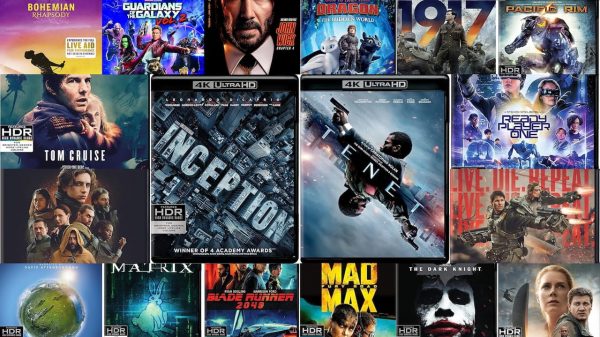Those 24,000 red kiosks outside stores such as 7-Eleven, Walmart, and others that allow you to rent DVDs are not going to be there much longer as the Redbox service is shutting down.
Redbox is the latest victim of the dominance of streaming over physical media (as well as possible internal management problems). It is the final nail in the coffin for DVD rental services, and it doesn’t help to enable the continued availability of physical media.
Note: Redbox had already ended video game rentals in 2019 after offering the service since 2011.
Redbox’s approximately 24,000 DVD rental kiosks and associated streaming services will be shut down. Chicken Soup for the Soul Entertainment (CSSE), their parent company, is moving Redbox from Chapter 11 bankruptcy to Chapter 7 liquidation. As a result of the liquidation, all 1,033 RedBox employees will be jobless and won’t receive any severance or extended benefits.
If you go to the Redbox website – you may see the message: Oops. Something unexpected happened

About Redbox
Redbox was founded in 2002 to provide a convenient way to rent new-release movies at a low nightly price.
Redbox also took a turn in offering internet-based services, such as Redbox On Demand (launched in 2017) to deliver a broader selection of movies and TV shows via video-on-demand (VOD) and electronic sell-through (EST). In 2019, Redbox launched Redbox Entertainment, to produce and distribute original content across its services.
Redbox Free Live TV, an ad-supported streaming service, was launched in 2020, followed by Redbox+. This subscription service provided incentives such as extended return times and 12 or 24 rentals.
At its peak in 2013, Redbox had 43,000 rental kiosks an annual revenue of $1.97 billion.
In 2022, Chicken Soup For The Soul Entertainment purchased Redbox in 2022 for $375 million but has not realized a profitable return.

The Dangers of Losing Physical Media
Although Streaming and Digital downloads are convenient, there are dangers of no longer also having access to physical entertainment media.
- It’s not guaranteed that your favorite movie or show will always be available on a streaming service. Most streaming services cycle content in/out on a monthly basis.
- If you buy a digital version of a movie, you don’t own it, you just own a license to watch it. This means that it may not remain accessible after a period of time, despite assurances by the streaming service you “purchased” it from. This is especially important if the streaming service goes out of business or its negotiated rights with the copyright holder of the content expire.
- Streaming video and audio quality is often not as good as physical media. This is due to the compression used to fit the content into a delivery stream at a deliverable speed that most viewers can access. For example, a UHD Blu-ray disc might support up to 128mbps transfer rate, whereas some streaming services might deliver a 4K UHD stream at speeds as low as 17mbps (the high-end is usually about 25 to 30mbps – but can be higher).
- Unlike physical media, a streaming or digital version can be altered, censored, or removed for a variety of reasons including the changing winds of political or cultural standards. This is especially concerning in today’s political atmosphere.
- If you buy something on physical media you own it – and as long as you have a device to play it on you can enjoy it.
- The final word is that if you are a physical media fan, buy your desired releases as long as they are available and make sure you have something to play them on.
The availability of physical media continues to diminish, but for now you can still shop for DVDs and Blu-ray discs at Amazon.com and niche suppliers.
Related Reading







































